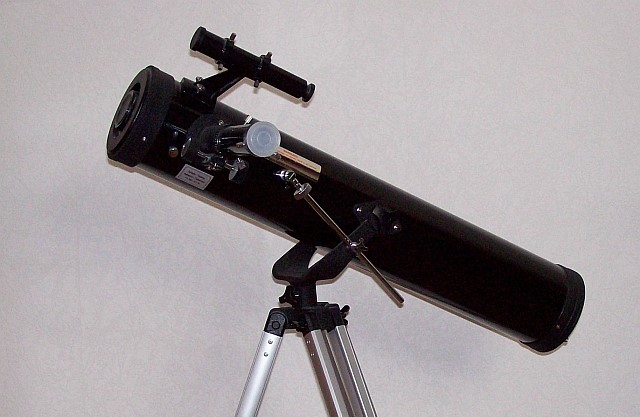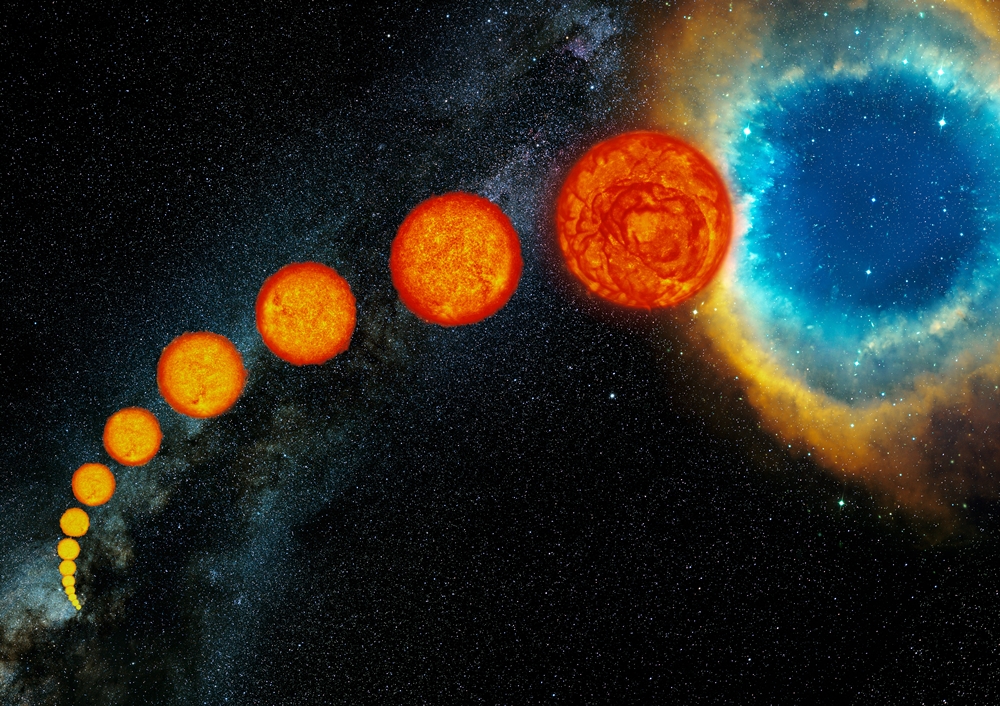Introduction
Buying a telescope is the first step to getting familiarized with the night sky and its mysteries. Getting carried away by the thrill of buying a new product is nothing new, but you should stop and think about which product works best for you, so you get your money’s worth. With such a wide range of telescopes currently on the market, the choice can be downright overwhelming, especially for beginners, hence we hope this article will be of help when on the hunt for a scope to properly launch your journey into space.

Introduction to Telescopes
Before buying any product, you first need to know how it works, so you know what to watch out for. Telescopes operate by collecting light by using mirrors or lenses. Here the division of reflecting and refracting telescopes happens, as the latter uses lenses, and the former mirrors. The collected light produces an image that is magnified with the help of an eyepiece that the observer looks through.
A big amount of light a telescope can collect equals a bright image, as well as more detail. This means that the quality of a telescope is defined by the amount of light a telescope can gather, not so much by the magnification. That is because magnifying an image does not always mean seeing more detail. The best observations happen when looking through a telescope that has a lower magnification power. So, the size of the area where light is collected, and the quality of other optics are two of the three most important factors when buying one.

The third and just as important factor when choosing a telescope is the mount, which keeps the scope steady and ready to observe. There is no use in having the pricest telescope which is rated five stars if it is mounted on a poor-quality, wobbly and challenging to use tripod. More affordable telescopes usually have a poorly designed mount built to decrease the overall expense, so you should keep an eye out for the mount. A picture-perfect telescope needs to have a solid aperture (diameter of the light-collecting region), quality optics, a good mount, and is easily operated.
Telescopes for Beginners
1. Where to Observe?
Urban areas are scattered with streetlights and other sources of light pollution, so naturally, they wash out starlight in the night sky. That is why astronomers in the city have a difficult time observing the night sky, but who does not like a challenge? A telescope with an aperture from 3.0” to 8” should work just fine. In the rural areas, astronomers are not so much affected by said light pollution, so all telescopes should give them a free pass for observing. And telescope with a bigger aperture namely, 8” and bigger, will supply the observer with incredible scenes of nebulas, galaxies, and star clusters.
2. What to Observe?
Astronomy is a hobby of many people. Tom DeMott said, “People with an interest in astronomy don’t need to have sophisticated telescopes and gadgetry to pursue it.” Nevertheless, beginner astronomers should begin by observing the Moon, double stars, planets such as Jupiter, and the rings of Saturn, as well as open clusters. The telescope you buy should be targeted around the area of your interest.

3. The Budget
Whether we like it or not, the price can be a big factor when choosing a telescope. You can buy a telescope for 100 € or one for 20.000 €, the choice is yours. However, beginners do not need the best and most expensive telescopes. It should be of good quality, but it should not dry out your wallet either. And when it comes to buying a telescope, everyone should know that some accessories need to be bought separately, such as eyepieces and filters.
4. Portability
What beginner astronomers might not realize is that size and weight not only matter but are an enormous factor when it comes to telescopes. Telescopes can weigh from 6 kg all the way to 140 kg. Because your backyard might not be an ideal location to observe star clusters, first take a second to think about how much weight are you willing to carry and, if your car is big enough to fit an optics giant. Because, if the telescope is too heavy, you might not use it at all.
Telescope Features
Types
Telescopes come in all shapes and sizes, namely the reflector, refractor, and compound telescopes. Each telescope has its own advantage, for instance, the refractor is better for observing the planets and the Moon and the reflector for deep-sky objects, such as galaxies. Even though astrophotographers favour the refractor telescope, it might not be such a wise option for beginners. Newtonian reflectors provide a significantly bigger aperture for less money.

Objective
In the case of telescopes, objectives are often based on curved mirrors instead of lenses. The objective is where a telescope collects light. When it comes to Newtonian reflectors, this is a mirror, and in a refractor telescope, this is an objective lens. A scope having a bigger objective also means seeing more detail and the capacity to observe fainter objects. A reflector telescope offers a large objective at an affordable price, while a refractor telescope is pricier when it comes to larger objectives.
Mount
A telescope mount is composed of a mounting head, where the telescope is positioned, and enables it to move and rotate, along with a tripod, which stabilizes the scope. Many mounts are available on the market. But whatever type of mount you decide to use, it needs to be rock solid, no matter if it is an alt–az or an equatorial mount. That is because any looseness will be a source of tremendous frustration when viewing, and beginner astronomers might just give up.
Eyepiece
There are too many eyepieces on the market to even begin listing them. The eyepieces come in an extensive variety of magnifications. Some even say that an eyepiece can make or break an astronomer, which might be true for beginners, so do choose a quality eyepiece that will last you a lifetime. Eyepieces can cost from 40 € to 300 € but a proper telescope eyepiece can give you an ideal canvas for observing.

Magnification
The term magnification explains itself: how large of an object will you, an observer, see through the telescope. The magnification of a telescope is changeable and as we mentioned, is conditioned by the eyepieces. However, a bigger magnification is not always better – higher magnification does make it more manageable for the observer to see the detail the telescope can provide, but the telescope cannot observe any more detail with higher magnifications.
Conclusion
Buying your first telescope will probably be the most important decision you will ever make in your astronomy journey. Seriously. If what you see does not amaze you, your interest in astronomy will crash and burn on the runway. Fortunately for novices to whatever hobby, including astronomy, we exist in a time of never-ending access to an enormous cache of information, which can help you with your purchase.





